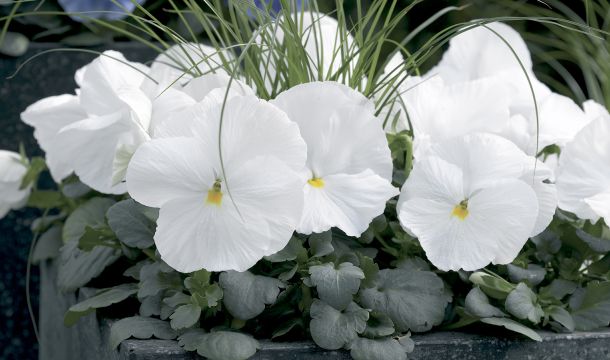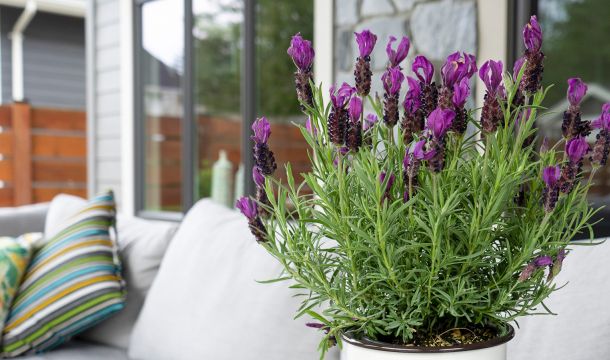The Glorious Stages of Salvia

Salvia sales are growing nationally but it’s not the usual names leading the way, it’s the wide array of new products hitting the market, gaining share, and developing a genuine audience. The old money is still there, don't get me wrong, but new money is bringing in the new growth.
Why is this? One broad reason is *deershifting*. Retailers pull back from deer-tasty categories when their customers become discouraged over high nibble rates. My neighbors see a parade of deer, bunnies, and other critters passing through their yards. This is the human-wildlife interface in the heart of urban suburbia, an hour northeast of New York City. My neighborhood buys plants deer don’t eat; one of them is Salvia.
Salvia benefits from deershifting not because it’s pungent, but because it is malleable. The genus has 20+ species and so many traits it functions more like a Lego kit with a huge range of swappable, improvable parts. We are not talking small variances in color or size, but significant movements into new hybrids and all-around better series.
Nemerosas are the dominate type in northern gardens.
 |
 |
 |
| 'May Night' | 'Blue By You' | 'Rose Marvel' |
Commercial Landscape Work
For a peek into your local housing market, pull out your sales of 'May Night'. The two are nearly synonymous, falling and rising together. As a rule, the plant is a set-and-forget product with a lifespan measured in decades. Among breeders, then, the hustle is to out-nemorosa 'May Night' and its old-school companions.
In the retail channel, especially the IGCs, look at the Marvel series. They are the difference between standing on the street and standing on the stage. They present well on the bench and in the garden, plussing the best nemorosa features, and there is nothing quite like a Rose Marvel performance. The best pink Salvia in the business.
Landscape work more of a commanding Linda Ronstadt delivery. 'Blue By You' comes to mind, with its bright, vibrant colors, big, showy blooms, and stiff, tall stems. It also has a stronger crown and root system to push the performance over the top.
- Old-School Sales: 'May Night', 'East Friesland', 'Caradonna', 'Blue Hill', 'Snow Hill', 'Marcus'
- New-School Improvements: Marvels, 'Blue By You', Lyricals, New Dimensions
The Mirage series comes in a range of 13 different colors.
 |
 |
 |
| Mirage 'Hot Pink' |
Mirage 'Blue' | Mirage 'Soft Pink' |
Salvias on a Hot Tin Roof
Nemorosas get roughed up by Southern heat so the preferred landscape selection is greggii, Texas sage that grows with an open look. The base greggii in common use is red but improvements like the Mirage series refine it for commerical use. An important benefit is the expanded range of blues, white, pinks, and purples for landscape designers. The color is very different, heavy like fog, and the flowers are small but there are so many of them they color the air.
For bulk, nothing beats 'Mystic Spires'. It has farinacea-style blooms, something you've seen on 'Victoria Blue', but the species beefs up to Salvia the Barbarian when crossed with longispicata. In the landscape 'Mystic Spires' gets about 24-36 inches square, filling a big bed quickly. For a similar look but lower, switch to its mild-mannered form, 'Mysty'. Mirage sizes up between the two.
- greggii-style: Mirages, 'Radio Red'
- farinacea-style: 'Victoria Blue' (short), 'Mysty' (medium), 'Mystic Spires' (tall)
A lot of breeding has blended decor traits from a wide variety of Salvia blooms.
 |
 |
 |
| 'Hummingbird Falls' |
Skyscraper 'Pink' | 'Purple & Bloom' |
Torch Singers for Gardens & Containers
Although ‘Black & Blue’ opened the door with its distinctive guaranitica-style blooms, the newer series such as Bloom and Bodacious followed it by pushing up the stem counts, bulking up the plants, and spreading the colors into both cool and warm tones. These are the torch singers of the business. Sitting between two big stands of 'Purple & Bloom' was the easiest way to capture hummingbird and bee photos.
Then there are the hybrids that mix and match traits to develop their unique voice, such as the mashup of standards like the Skyscraper series (images the hoods of guaranitica with the colors of splendens) or the improv scat that is the Vibe series (jamensis-style trumpets crowded over the top in a viola-style coverage). Since they are Salvias they work in the soil but also style well in pottery.
- guaranitica: 'Hummingbird Falls', Blooms, Bodacious, Rockin’s
- hybrids: Skyscrapers, 'Roman Red', Vibes (jamensis look), 'Wendy’s Wish' (buchananii)
- splendens: Vistas, Mojaves, Sizzlers, Grandstands, Saucys
The big splash of the season goes to the new-to-market 'Hummingbird Falls', a Salvia designed specifically as a basket product. Stems tilt at steep angles, in the manner of spreading Angelonia. It blooms more to the side than the top, so dramatic color drapes and trails over the side of the basket. Because the stem counts are boosted the color coverage is high.
Two Salvias are very well suited to xeric work.
 |
 |
 |
| 'Lancelot' |
'Santa Barbera' | 'Lancelot' |
For Dry Establishments
Two varieties are deeply xeric: 'Santa Barbara' (leucantha) and 'Lancelot' (canariensis). You can work with these Salvias in the Colorado River basin but other regions should also look at them. Water emergencies famously hit the Midwest a few years ago, and even my little New England town has mandated a permanent lawn and garden watering schedule in the summer.
'Santa Barbara' is larger, more landscape-style, and leans toward a Nepeta look. A few big plants will knit together into a large blanket of Salvia color.
'Lancelot' is shorter, more distinctive, and better suited as a specimen Salvia. The leaves are deeply serrated and frosted in the style of Dusty Miller, crowned overhead with strong, bushy tops. 'Lancelot' stays in color for the full summer season.
All Salvias are built from the ground up as excellent pollinator plants.
 |
 |
 |
| Many feeding stations per stem |
Strong stems to pump supplies | Many stems per plant |
The Pollinator Headlines
All Salvias excel at the pollinator job. Each floret is an individual feeding station, so each stem can handle a large number of visitors. A strong nectar pump within the plant quickly refreshes each feeding station. Long-tongued beneficials return to a planting again and again, which explains Salvia’s high visitation rate.
You can see why the demand for Salvias has grown over the past decade. Deershifting opened spots in the garden for deer-distasty plants. Breeders opened new looks in new places by refining the favorites and developing new crosses. And finally, Salvia’s recognized ability as a pollinator star attraction brought in the crowds.
Popular Articles
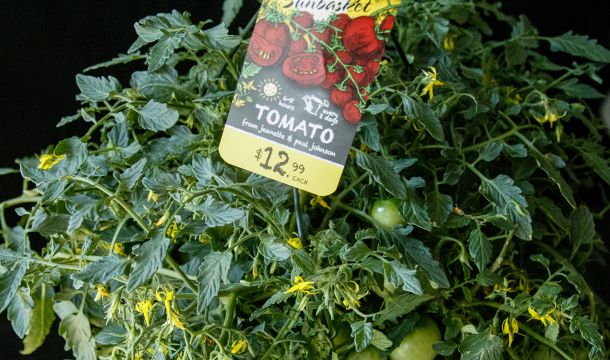
Trialing Edible Baskets
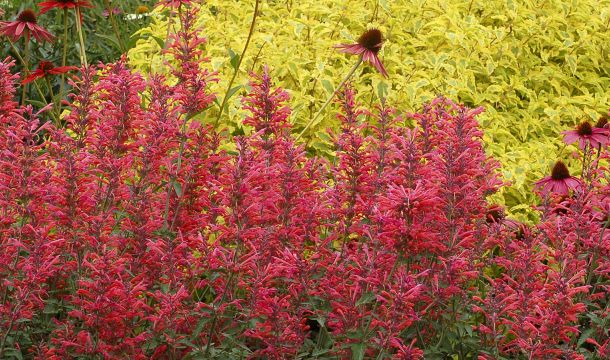
The Arthouse Expansion of Agastaches
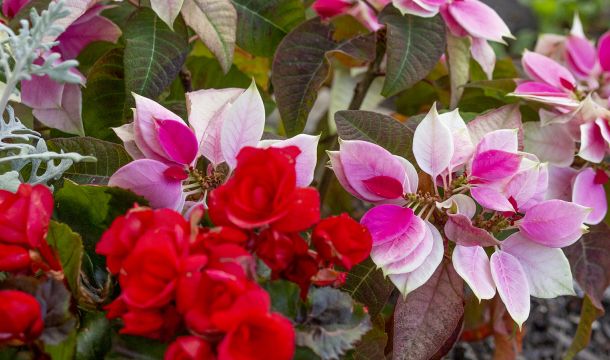
Spotlight on Princettias
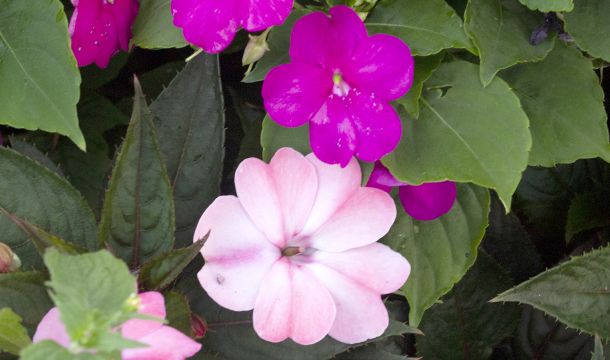
The Splitting of the Impatiens
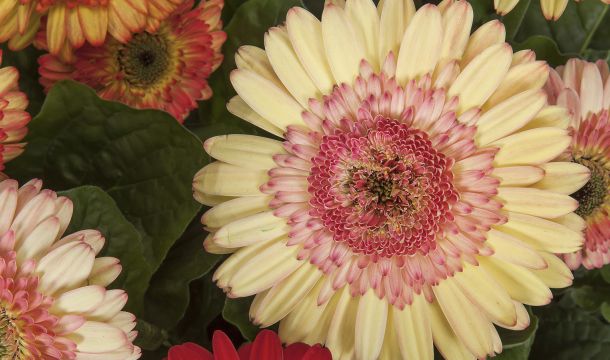
Cartwheel Strawberry Twist Gerberas
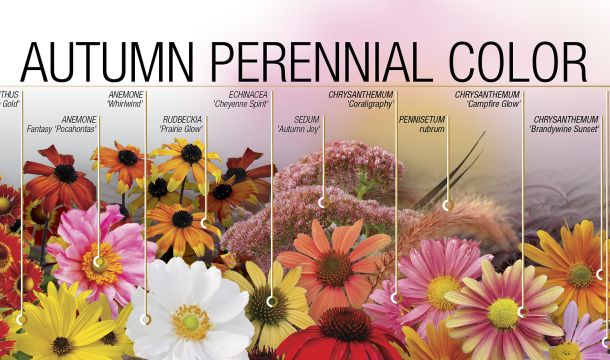
Autumn Perennial Color
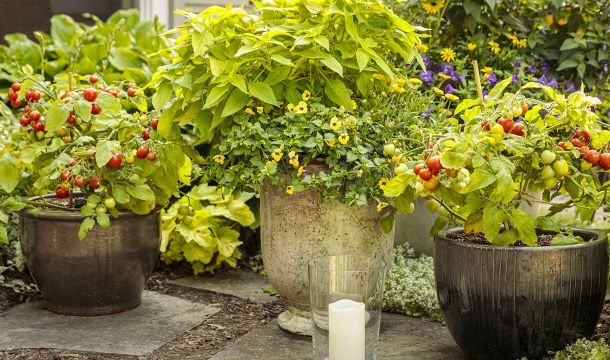
Building a Patio Vegetable Program
